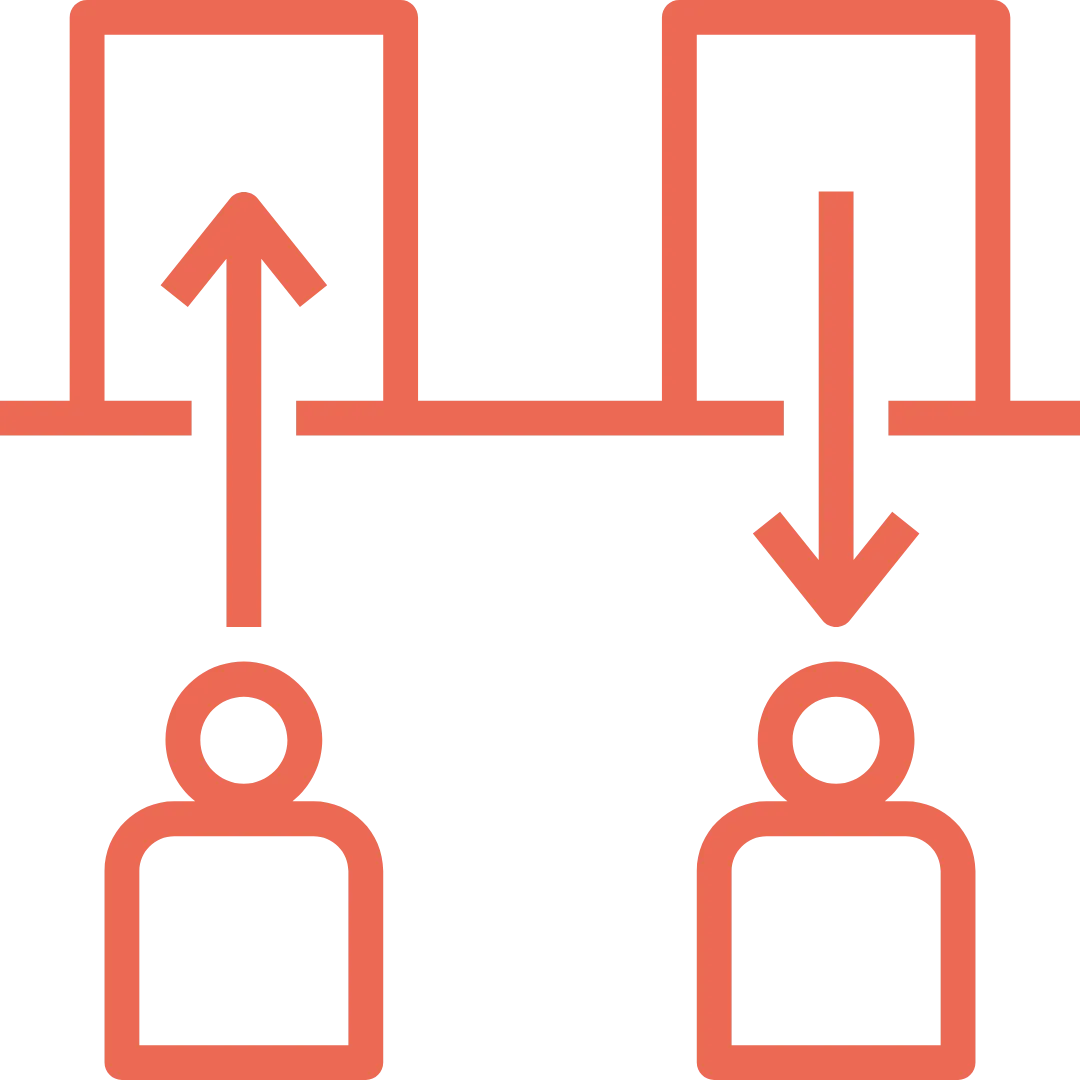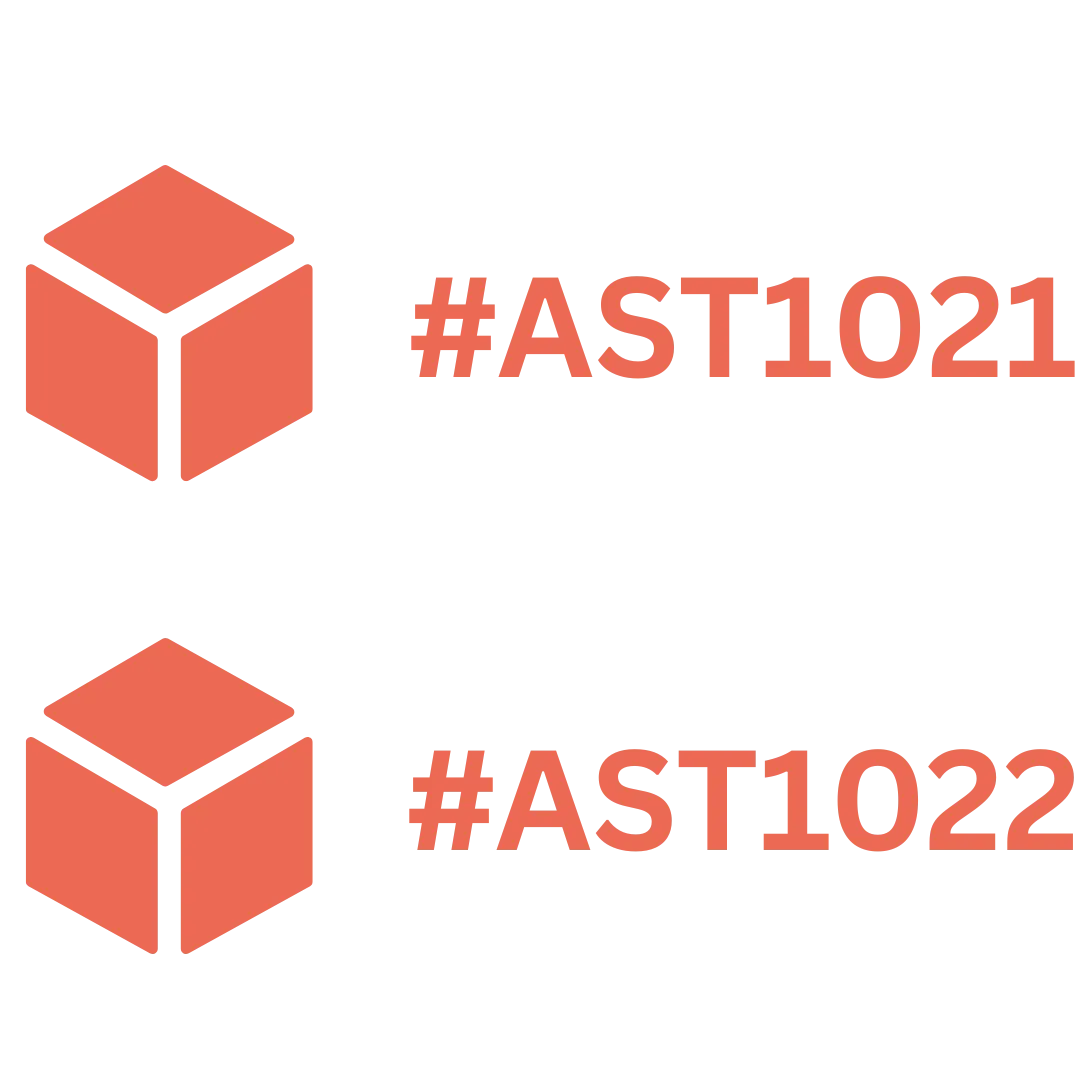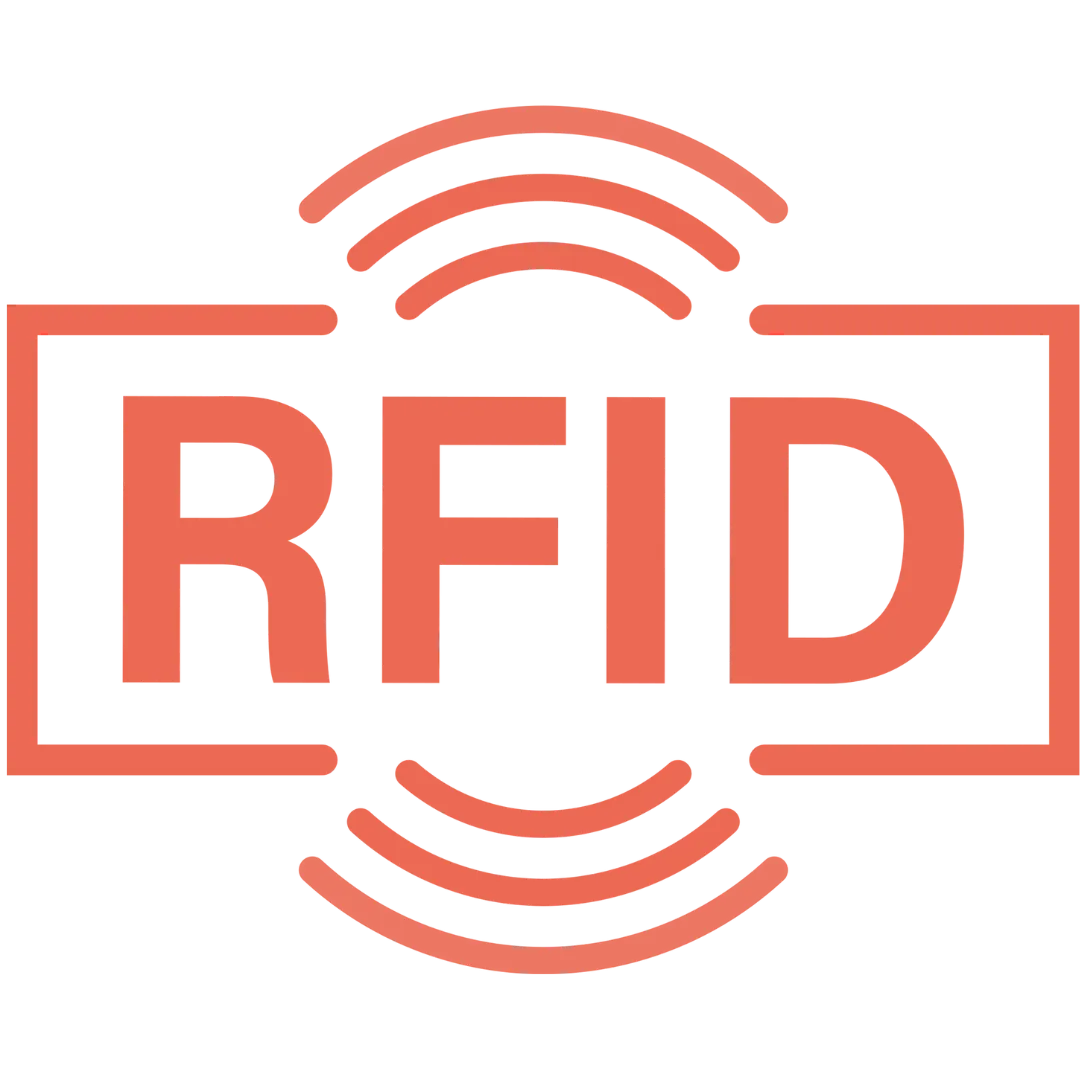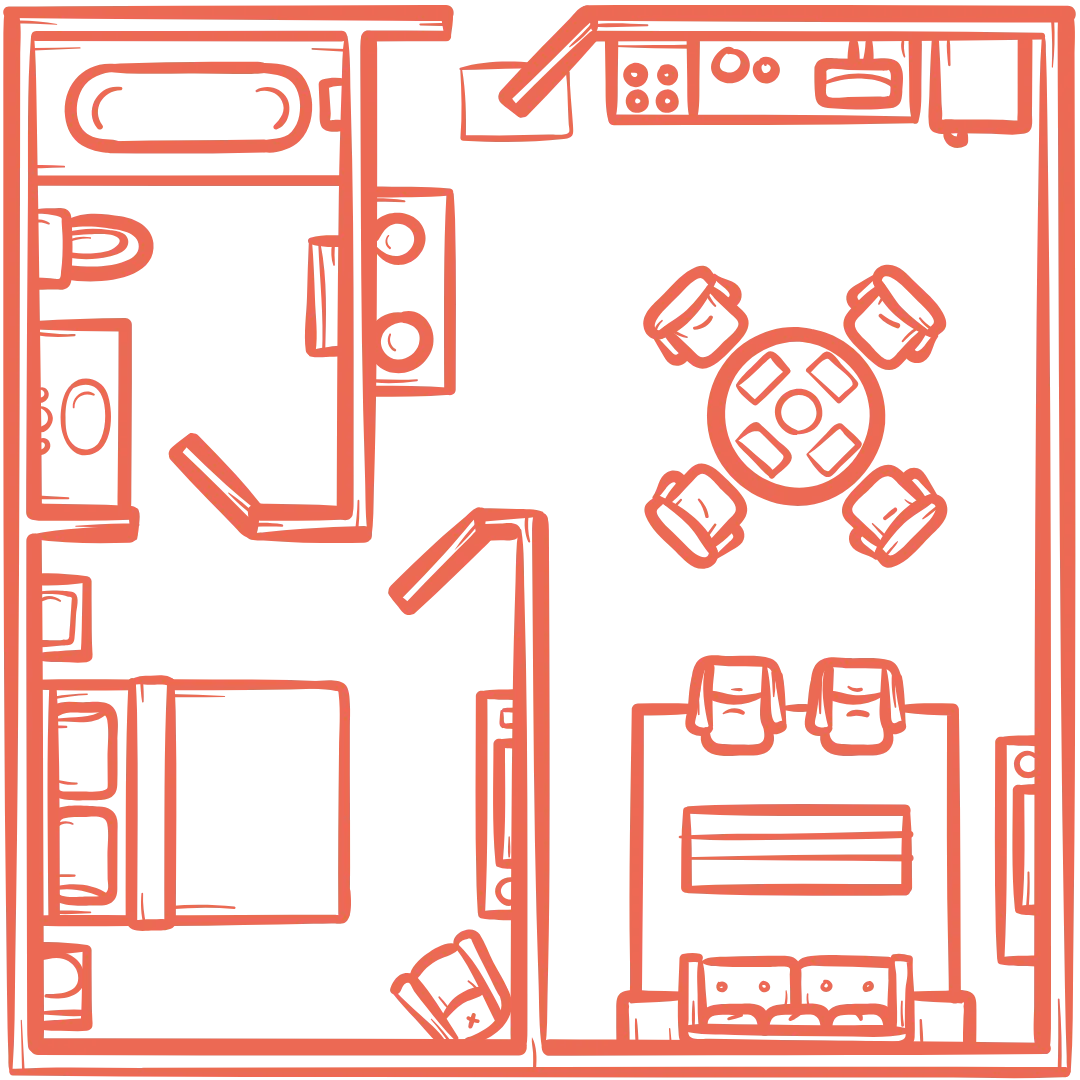RFID technology has been around for a long time. RFID technology is a very successful technology used for asset tracking. But what exactly is RFID? RFID is a technology that enables digital data encoded in RFID tags (smart labels) is captured and read through radio waves.
What are the components of RFID Technology?
RFID technology mainly includes 3 components such as Reader, Antenna & Transponder (also known as a tag). Let us discuss all the components one by one!
1. Reader
An RFID reader can be categorized into two parts:
Mobile RFID - When a mobile interacts with RFID technology in order to get the information. How does it work? This technology enables mobile devices with embedded micro RFID readers to read RFID tags.
Fixed RFID - As the name suggests fixed RFID are placed in stationary point such as Tollbooth, Entry & exit points of the Mall.
2. Antena
An RFID antenna comprises a curl with at least one winding and a coordinating system. It emanates the electromagnetic waves created by the reader and gets the RF signals from the transponder. An RFID framework can be planned with the goal that the electromagnetic field is always generated by a sensor.
3. Transponders
These transponders are making RFID innovation user-friendly and accurate. These transponders are more affordable to create, and they can be created small enough to fit on any item.
There are four types of RFID tags Active, semi-active, semi-passive, and passive RFID tags. Active & semi-active transponders work on a battery basis.
Since their frequency is 900 to 1000 MHz approx. so they can be readable 30 meters or above. Mostly they are used on costly items. On the other hand, passive tags don't have a power source and it can read 6 meters and they are economical compared to other tags.

Also Read: Everything you need to know about RFID Tracking
What are the various types of RFID Tag?
There are three types of an RFID tag -
Active Tag - The active RFID tag owns a power source and has a broadcast range of up to 100 m. it is ideal for the material location.
Passive Tag - The passive RFID tag does not own any power source instead it is powered by a reader. It has a read range from near contact of up to 25 meters.
Semi-passive Tag - A semi-passive tag is an RFID tag that has a battery but communicates with a reader using backscatter, like a passive tag without a battery. That allows a longer read range than ordinary passive tags.
What is Active RFID Technology?
Active RFID utilizes battery-powered RFID tags that show their own signal nonstop and without any problem. Active RFID tags are commonly used to precisely track the real-time location of assets.
When they are on their way or in high-speed environments such as tolling. Active tags have a longer read range compared to passive tags; however, they are also costly compared to passive tags.

What are the benefits of Active RFID Technology?
Some of the most common benefits of Active RFID -
Longer Reading Distance - Active tags have a very long-range, it is almost 3x of the semi-passive tag. They are readable from more than 300-feet.
Real-Time Tracking - Active tags are popular for providing real-time tracking. It provides asset information in actual time.
Low Power Readers - Because the active tag is equipped with a powered antenna, it is not dependent upon interrogator.
What are the drawbacks of Active RFID Technology?
Some of the most common drawbacks of Active RFID -
Expensive - Active tags can cost you up to 20 dollars per tag.
Limited Life - Tag works until battery works. If the battery drains out tag will not work. Battery life is approx. 4 years on average.
Size - Active tag is heavy; battery takes a lot of space. If your tagging books, then active tags do not fit.
Also Read: Which Industries are using RFID for Asset Tracking?
What is Semi-Passive RFID Technology?
Semi-Passive RFID works similarly to the passive tag, using the reader to signal to trigger a response from the tag. The semi-passive tag is distinct from the active tag is that it does have a battery - not for generating a response, but the battery is usually used to power a sensor, and to run the circuitry on the chip.
The sensor reading is included in the tag return signal along with the tag serial number. However, the semi-passive tag has many similar disadvantages of the passive tag such as slow read speeds and short read distances. The price point for semi-passive tags is higher than for the passive tag.
What are the benefits of Semi-Passive RFID Technology?
Some of the most common benefits of Semi-Passive RFID:
Low Noise - There is no antenna, therefore, no noise.
Cost - They are much economical compared to active but costlier compare to passive tags.
Medium Range - A semi-passive tags are readable from the distance of 100-feet approx.
What are the drawbacks of Semi-Passive RFID Technology?
Some of the most common drawbacks of Semi-Passive RFID:
Limited Life - It has 4-7 years of life because there is a battery usage and it limits the tag life.
Size - The size of the tag is also larger than passive tags because of the battery.
What is Passive RFID Technology?
Passive RFID utilizes tags electromagnetic energy transmitted from an RFID reader because they do not have an internal power source. Moreover, Passive RFID tags are used for applications such as file tracking, supply chain management, access control, and more.
Since passive tags are less expensive, they are efficient for many industries. Above all passive tags are successful.
What are the benefits of Passive RFID Technology?
Some of the most common benefits of Passive RFID:
Economical - Passive RFID is economical among all RFID tag types.
Smaller - They are smaller in size, don't have mass and easily stickered on any equipment or asset.
Tags can work for a long time - If they are provided in an ideal environment then it can work up to 18 to 20 years.
Low noise - Just like semi-passive there is no antenna, therefore, no noise.
What are the drawbacks of Passive RFID Technology?
Some of the most common drawbacks of Passive RFID:
Short-range - Since there is no antenna, therefore, it has a short frequency range. It has a maximum of 10 feet range.
Required Reader - Passive types of RFID tags require a high-powered reader to even power on.
Also Read: Barcode vs QR Code vs RFID vs NFC vs BLE vs GPS: Which One Is Better?
Conclusion
In other words, there are many benefits and drawbacks of these active, passive, semi-passive RFID technology types. With the above-mentioned knowledge, you can utilize RFID technology in your assignment.
We know the options are overwhelming. However, it is important to figure out which technology will work better with your assignment.

















































.webp)
.webp)
.webp)
.webp)
.webp)
.webp)
.webp)
.webp)
.webp)

.svg)




.webp)
.webp)











































.png)

.webp)



















